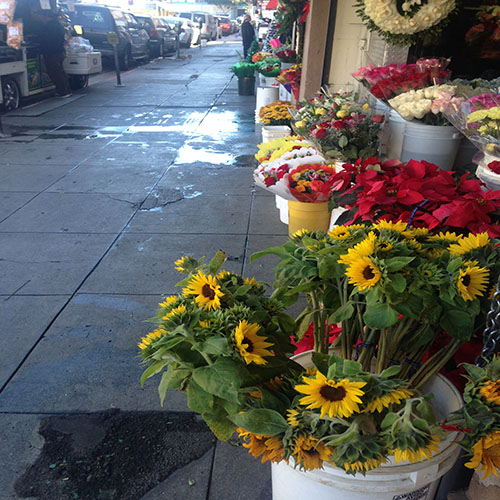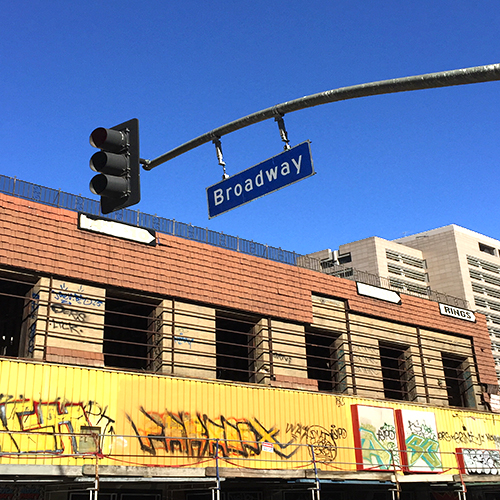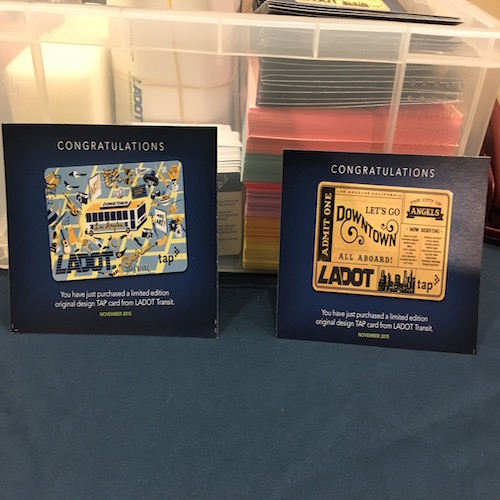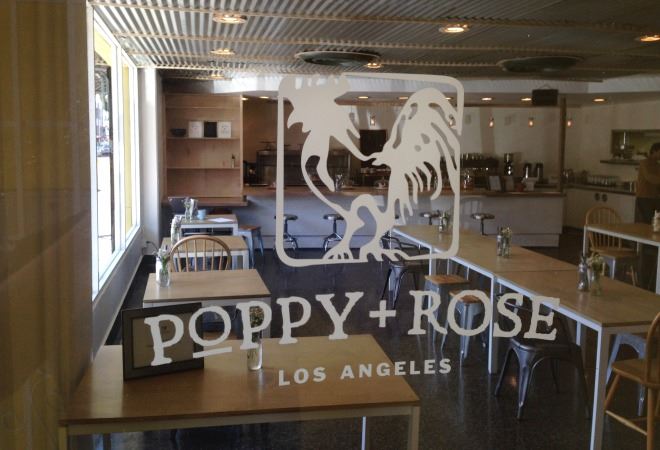
For decades, the Downtown area has been known as the hub of Los Angeles, the center of the city often characterized by poverty, office buildings, arts districts, and lively streets. But in the last 10 years downtown Los Angeles has come to be branded by very different terms, namely as one of the premiere food cities in California.
Now the truth is, if you really want a taste of Los Angeles cuisine, the first place on your mind is probably not the Flower District. Yes, I am talking about that 2-mile stretch of land between Wall and 9th Street, filled with blossoming vendors and a floral arrangement available for every occasion.
But while America’s largest wholesale flower mart has been the foundation of the state’s floral industry for over a century, one thing worth noting the next time you take a visit, is a culinary culture beginning to take root, slowly but surely in the neighborhood.
While the rest of Downtown is adapting to its new role as a bustling food city, the Flower District, a section of the city’s Fashion District in Central Los Angeles, has generally been closed off to the spread of the food industry. The reason: Its close proximity to Skid Row.

The Flower District is located just one street corner away from the outskirts of one of America’s largest populations of homeless people; a fact that often deters potential business owners from bringing their companies and restaurants to the neighborhood.
“People will have reservations about going to an area that has a high concentration of destitute individuals, and that goes especially for businesses in the food industry,” said Brigham Yen, a real estate expert operating in the Downtown area.
According to Google Maps, there are only five businesses in the food sector operating within the boundaries of the Flower District. That number represents only .05% of downtown Los Angeles’s over 10,000 restaurants.
Although nearly 250,000 people visit the flower market annually, many are simply dropping in and driving by, coming by the area with only one reason in mind: flowers. But now, one restaurant is hoping to cause a chain reaction in the district, looking to cultivate more than flowers, but great food as well.
Meet Poppy + Rose LA.
“There aren’t that many options in this particular area of Downtown and there was a little bit of a risk because a lot of people believed our proximity to Skid Row would cast a negative light,” said Diana Lamon, on the restaurant’s owners. “But my feeling has always been if the product is good people will come.”
And they did.
Poppy + Rose was created in 2014, the product of a partnership between Diana Lamon and her husband Chef Ryan Lamon, as well as Chef Michael Reed. The café was one of the first of its kind to open in the Flower District; something Diana says makes their business unique.
“We identified an opportunity here as far as there’s already built-in foot traffic with florists and event designers, but there was really no one to keep them here, and give them something to eat at the end of the day,” she said.
The homey diner is tucked away between two large warehouses that offer freshly picked and cut flowers every morning. As you can imagine opening a business near a flower mart has its perks: a steady flow of pedestrian traffic and bright, fresh flowers to adorn every tabletop. But as one of the only mainstream businesses in the neighborhood, the territory does shed some negative light on the restaurant.
“The neighborhood definitely dictates our hours,” said Chef Ryan Lamon. “It’s the reason we’re only open for breakfast and lunch; people don’t want to be down here walking around these streets at night.”
However, the shop is beginning to shed some positive new light on the district, offering a fresh perspective to an area that is often downplayed in relation to the rest of the Downtown area.
“With such a high concentration of poverty, the general mainstream consumer isn’t going to respond well to restaurants or business in general,” said Yen. “But it only takes one restaurant like Poppy to start bringing people, and with them other restaurants back into the district.”
Though Yen does not expect to see any significant change in the food culture of the neighborhood anytime soon, he does believe that the ongoing gentrification efforts in the rest of the city will eventually reach the Flower Market.
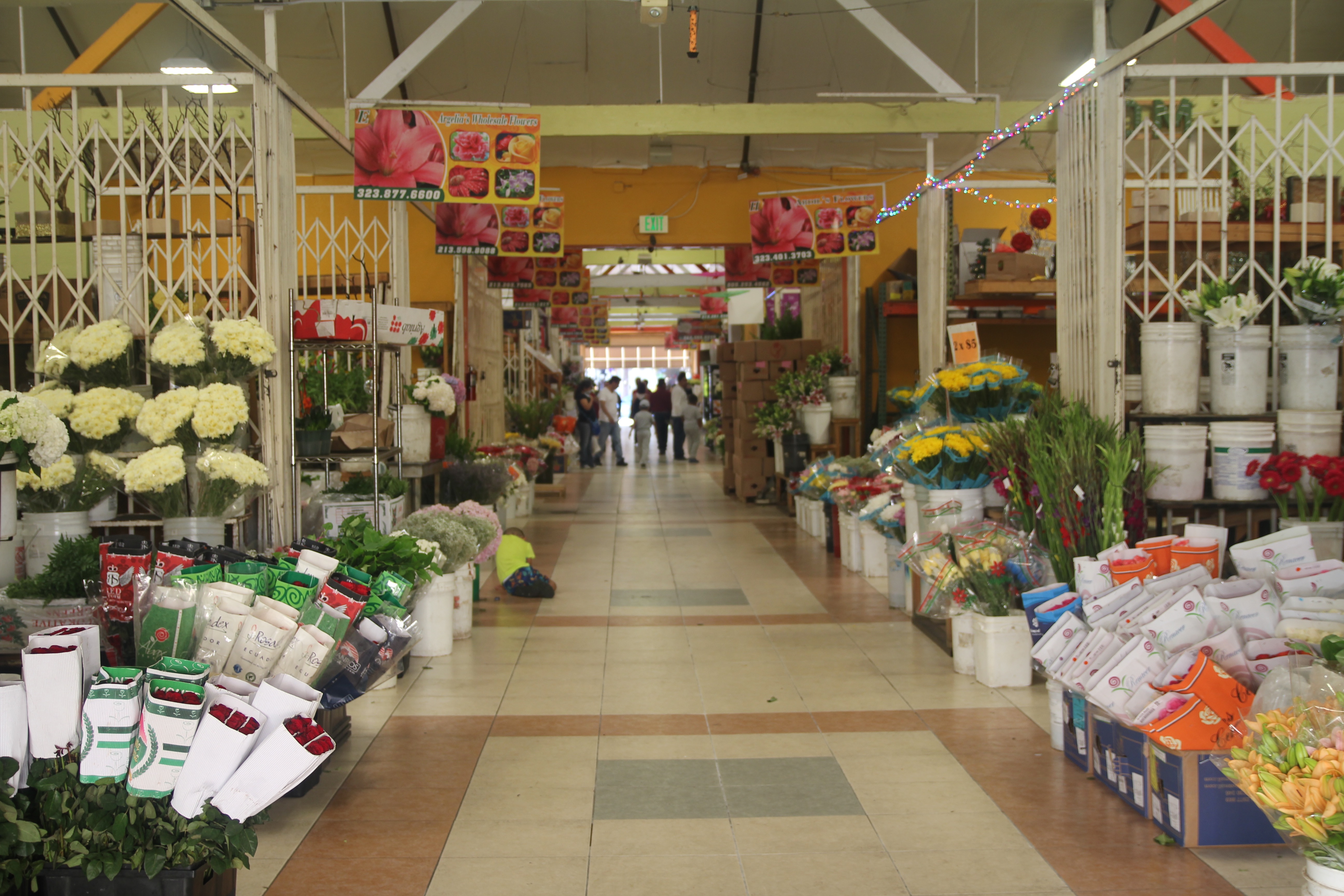
The argument over gentrification in Los Angeles is nothing new and its effects can be seen in many sectors of the downtown area. But gentrification has been slow to the Flower District, where the first efforts towards gentrifying the region can be seen through the development of new low-income housing residential units on the outskirts of the neighborhood.
“This process is inevitable,” Chef Michael Reed said in regards to the incoming redevelopment efforts. “For me, as long as it’s taking people off the streets I believe it will be good for business, and it might continue what we’ve been trying to grow here, which is more of a ‘foodie’ culture.”
Most customers passing along the sidewalk had one thought in common: a desire for more places like Poppy + Rose to keep them coming back to the Fashion District, and to give them more of a reason than flowers to drop by.
“I never would have thought to come here to have breakfast,” one customer, Diana Yoon, said. “When we talk about the Flower District, food is never on my mind, but now after eating here, it always is.”
Looking forward, Poppy + Rose hopes to partner with other food initiatives in the area, namely “The Wall,” a fresh farmers market that takes over Wall Street every Saturday. For now the restaurant will continue to set an example, as they promote the cultivation of “foodies” and flower lovers alike.
As gentrification slowly makes its way to the Flower District, restaurants are looking to cultivate a new culture, one that combines flower and food-lovers alike.
